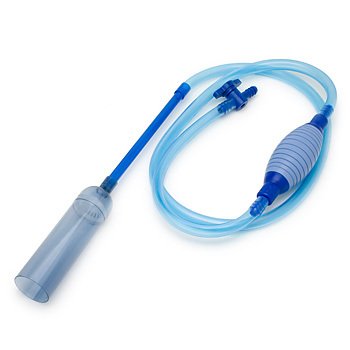My take:
Sand doesn't buffer the water at all.
Deep sand beds are great for denitrification, but should be used in separate containers or in a refugium, and never a display tank. I think that some critters should be used to maintain a deep sand bed, like cleaner clams, nassarius snails and other diggers, maybe even a pistol shrimp/goby pair. Just enough to keep it all maintained. I believe that they should also be completely cleaned every two to three years... and use a gravel vac with a small siphon to siphon out some of the top layers of detritus about once every six months or so for maintenance.
Shallow sand beds don't have much of a benefit other then aesthetics. They still need some clean up crew to help maintain the sandbed. They also provide a medium for some fish and inverts to hide in and feel comfortable, but they have no real use in creating denitrification zones or any buffering and filtering capacities.
Barebottom tanks offer a more sterile environment, but I think that by eliminating sand from the system overall can actually cause an imbalance, without certain beneficial microorganisms to help filter the water. Barebottom tanks also need to be maintained, and some fish and cleanup crew members can not be used because of the lack of sand. Barebottom tanks require high flow rates, but they still need detritus and fish waste regularly siphoned off the bottom of the tank.
If you think about how much waste is siphoned off the bottom of a barebottom tank... where is all that waste going if you have a sandbed? What happens over time if you don't maintain the sandbed and get rid of that waste?




